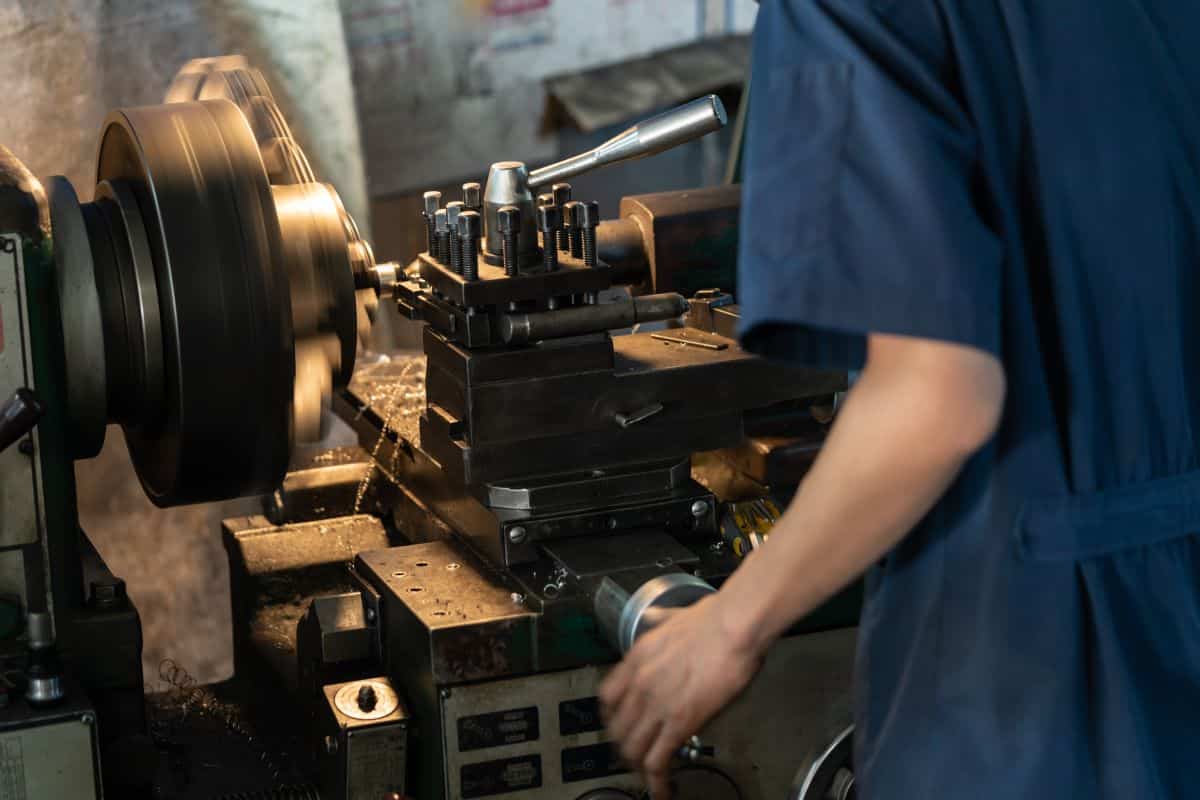How To Become A Certified Machinist

Machinists typically learn through on-the-job training but some of them also complete an apprenticeship or a training program at trade school.
How to become a certified machinist. Although there used to be a range of apprentice opportunities available to become a CNC machinist this is no longer the case. During secondary school students can prepare for. You may find that experience in other jobs will help you become a master machinist.
To become a NIMS Certified Machinist the apprentice must earn 12 NIMS credentials. Prepare a sample appraisal report that conforms to guidelines set forth by the Uniform Standards of Professional Appraisal Practice USPAP. In high school students should take math courses especially trigonometry and geometry.
Possesses the technical skills to enter the workforce or go on to further education. Utilizes critical thinking and various approaches to problem solving. Contact your states trade licensing office and inquire about a machinists certification.
CNC machine work is highly technical and requires significant training and preparation. Other degrees that we often see on master machinist resumes include diploma degrees or bachelors degree degrees. Machinists train in apprenticeship programs vocational schools or community or technical colleges or on the job.
To become a CNC machinist there are a few routes you could take. Support nims-skills. A high school diploma or GED is a minimum requirement but there are other ways to gain an education in the field.
For detailed information about this program see the apprenticeship training standard. To become certified a candidate must pass both a theory exam and a practical exam. Demonstrates professionalism through leadership a strong work ethic and teamwork.



















